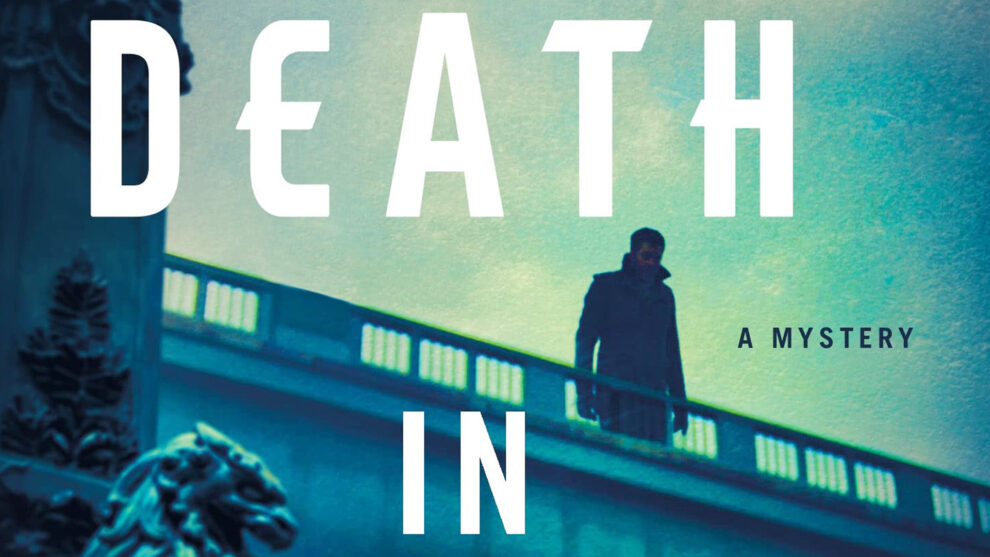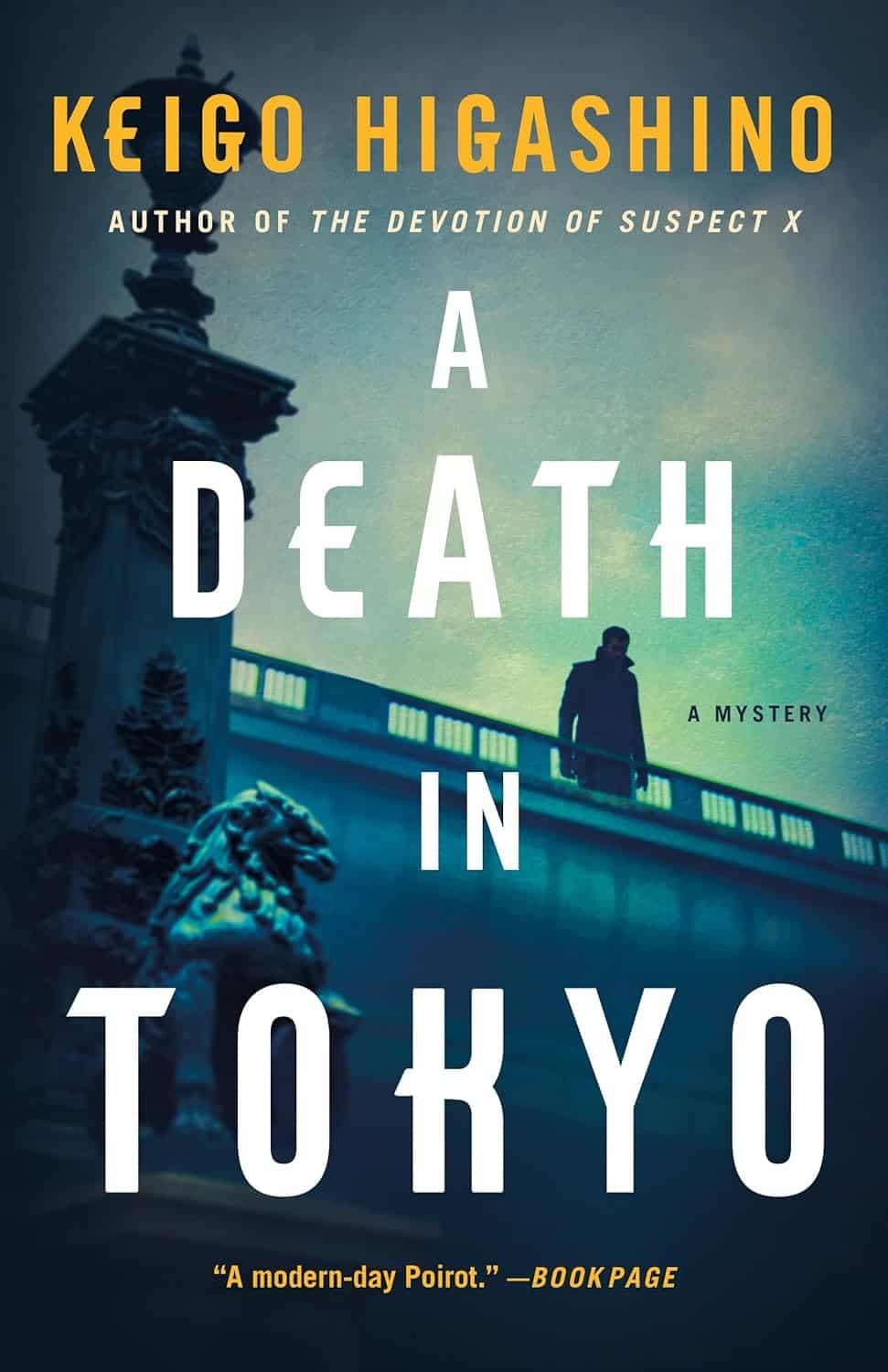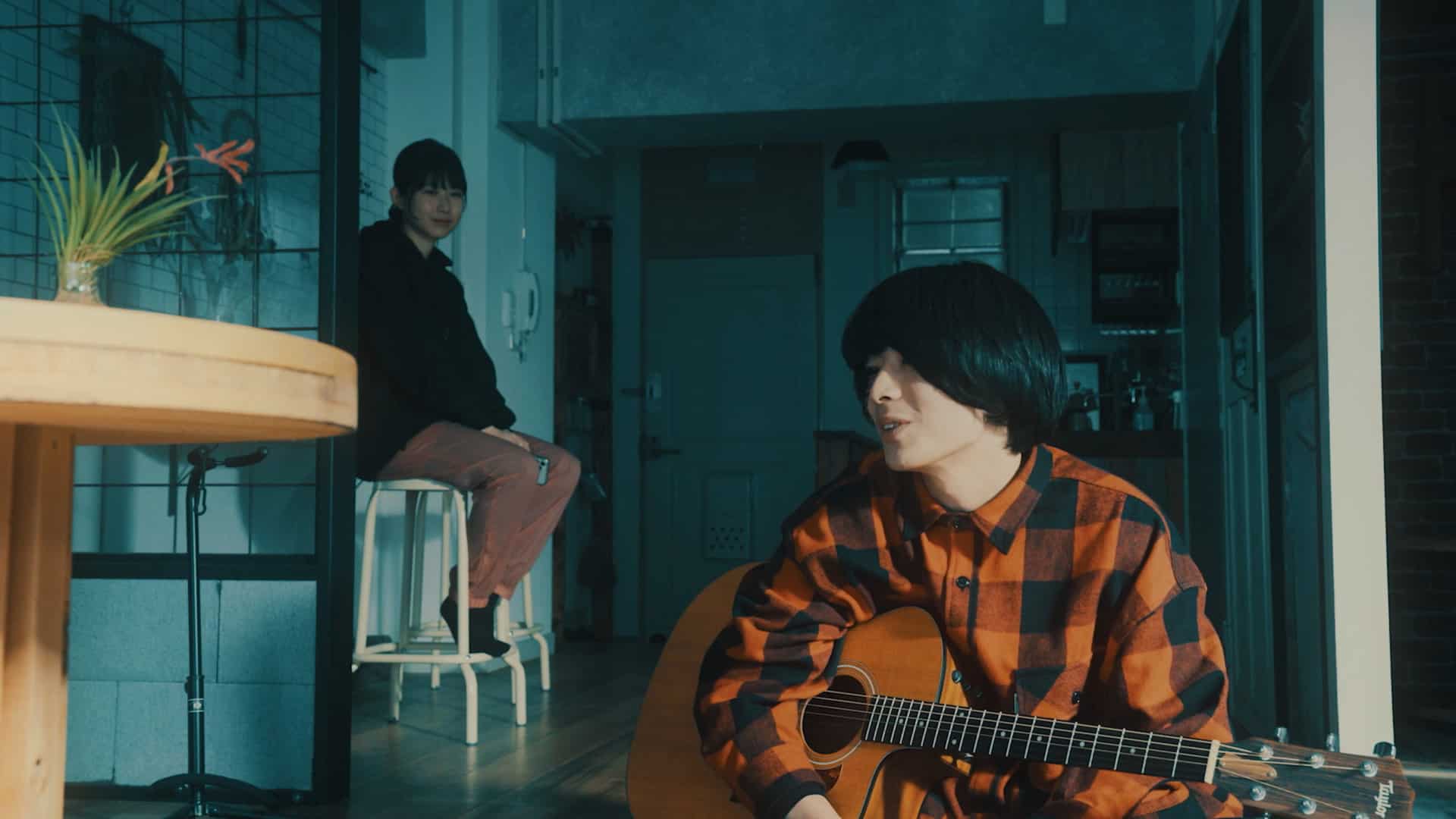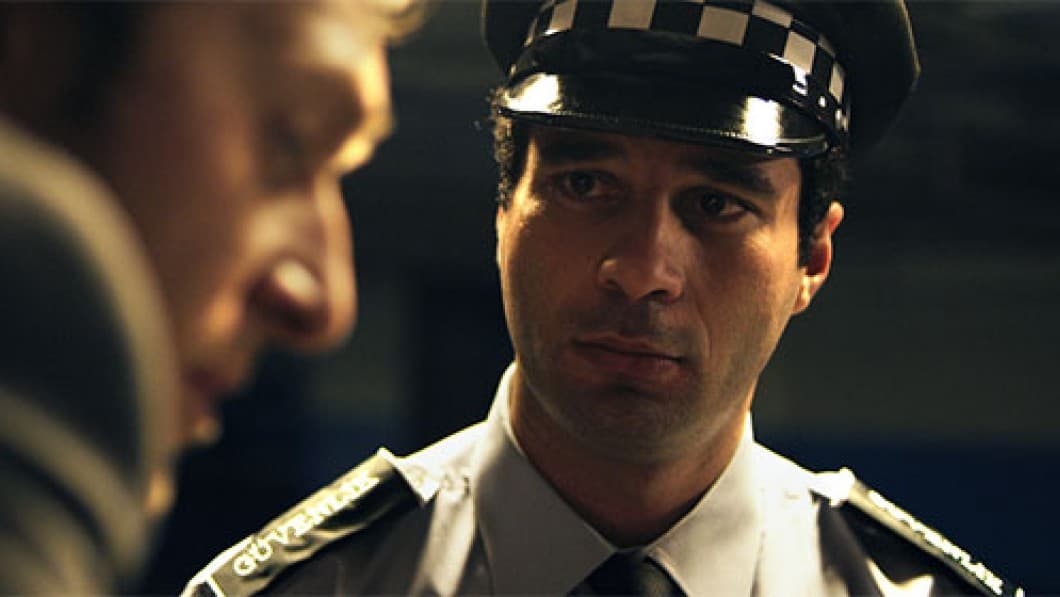by Anshul Rai Sharma
Keigo Higashino's oeuvre needs no introduction since he is one of the foremost writers of contemporary Japanese fiction. Crime fiction is a wide banner, especially in Japanese literature, but this writer has made a name for himself through page-turners involving complex characters and spiraling perplexities. I sailed through “A Death in Tokyo” (2022), a who-done-it thriller which is the third installment of the Detective Kaga series, preceded by “Malice” (2014), “Newcomer” (2018) and followed by “The Final Curtain” (2023).
Crime fiction authors face a unique challenge: they must unveil the story as perceived by its diverse characters. This task involves presenting the narrative through multiple viewpoints, each adding depth and complexity to the unfolding mystery. In a way, we stand side-by-side detective Kaga who goes about investigating the death of Takeaki Aoyagi, along with his associate Matsumiya. The murder takes place at Nihonbashi Bridge in Tokyo, also known as kilometer zero, a place where ‘all roads meet' (p 10).
Higashino masterfully transforms death into a narrative device that propels the story forward. In his hands, death becomes a fertile ground for exploration, a space where the quest for truth unfolds and questions about everyday lives are poignantly raised. This approach not only drives the plot but also deepens the exploration of his characters and their realities. Kaga belongs to the species of police officials who will not settle for what is plausible, given the stakes involved. Indeed, the narrative shows the discrepancy between the police bureau's search for easy answers versus Kaga's impulse to get to the root of things. His character embodies the archetype of a rogue detective, marked by his tendency to sidestep personal issues. He possesses a keen eye for detail and a steely demeanor, which serves to mask a more tender side of his personality.
From the very first page, the focus shifts beyond the death itself to the profound impact it has had on those involved. The narrative simultaneously tracks the victim's family, delving into their anguish, and intertwines this with the experiences of the prime suspect's girlfriend. This approach humanizes the story, bringing to light the lives that have been irrevocably changed, which is really the essence of the tale.
I genuinely felt warmth for the victim's son Yuto whose world has completely changed. His life, drastically altered by the loss, reflects a poignant truth: youth does not prepare us for grief.
The main part of plot involves the informal processes of wage-work which is the reality of several young migrant workers in Tokyo. Occupational hazard, coupled with lack of insurance increasingly makes their lives precarious, turning city dreams into deep insecurity. Two young people moved to Tokyo to make a new life for themselves. This migrant tale takes a brutal turn where the bustling city becomes the site of loss.
But cities are a multitude and what they offer us depends on what we ask from them. Higashino presents us with a different perspective, using metaphorical ‘screens' to filter the narrative. The text delves into the workings of the Japanese media, examining how they sensationalize events like murders to capture greater public attention. Reminiscent of media elsewhere, truth seeking is no longer a prerogative of news agencies. Questions of life and death generate deep anxiety, why did X do this? or why did X not do this? What explains the inconsistency? However, instead of staying with this perplexity, the media looks for a quick release, a definite answer that is most likely.
Higashino skillfully reveals that this inclination is a grave mistake. This apparent paralysis in response to truth seeking is balanced by Kaga's movements through the Nihonbashi district. Following him, we become curious about the victim. Understanding and tracking the subject's movement, we sit in noodle shops asking about the whereabouts of people who may have the clue. We develop conjectures (what was driving the victim?) stopping at shrines in Tokyo's streets for potential connections. An introduction to the Seven Lucky Gods circuit follows, a pilgrimage done by the Japanese during New Year period. The truth twists itself while we try to hold to it.
The writing flows uniformly with lean chapters. The story also reveals the lives of detectives work and how they navigate credibility in their work. In a characteristic response, Kaga says to Yuto, the victim's son ‘We detectives are same as any other wage slave. We just have to do what our bosses tell us'. (p. 203)
The book has weaknesses, and not all of them can be attributed to translation. Descriptions are plain and lack depth. Consider this scene in a cafe with Kaga and his associate, ‘Their food was brought to the table. “Looks delicious” said Kaga, his eyes sparkling. Matsumiya used his chopsticks to help himself to a piece of lotus root deep-fried with pollock roe. The taste and texture were in perfect balance' (p. 129). Dialogues tend to be flat, and their speakers could almost be stick-like if not for rich descriptions by the author in some places.
The book masterfully reveals the darker aspects of Tokyo, providing a gripping and layered narrative that adds depth to Higashino's already impressive body of work. It continues to explore the effects of sudden disruptions in daily life and the undercurrents beneath Tokyo's global facade, offering a new perspective on the city and its people. Like Higashino's other works, this novel contributes significantly to the evolution of Japanese crime fiction, bringing forth intricate stories of personal and societal transformation.
















